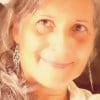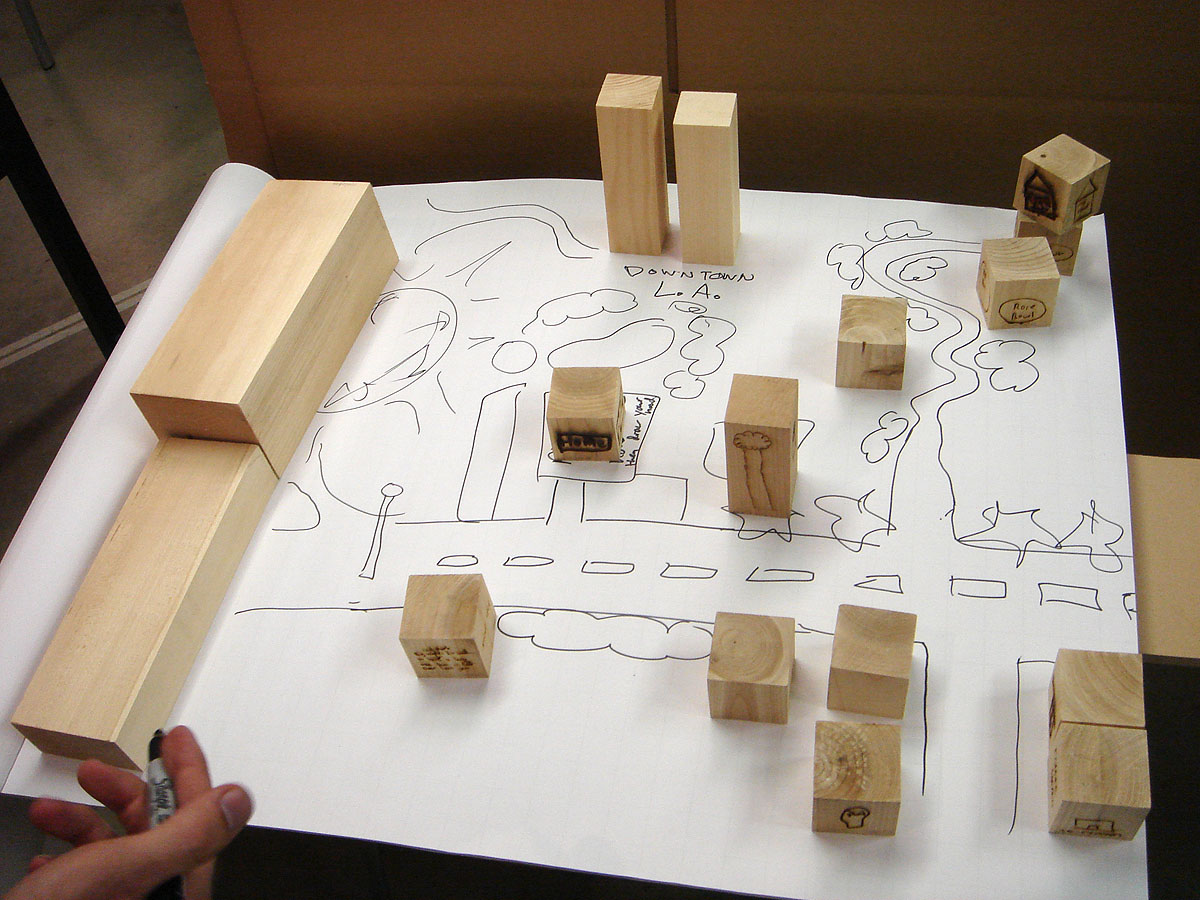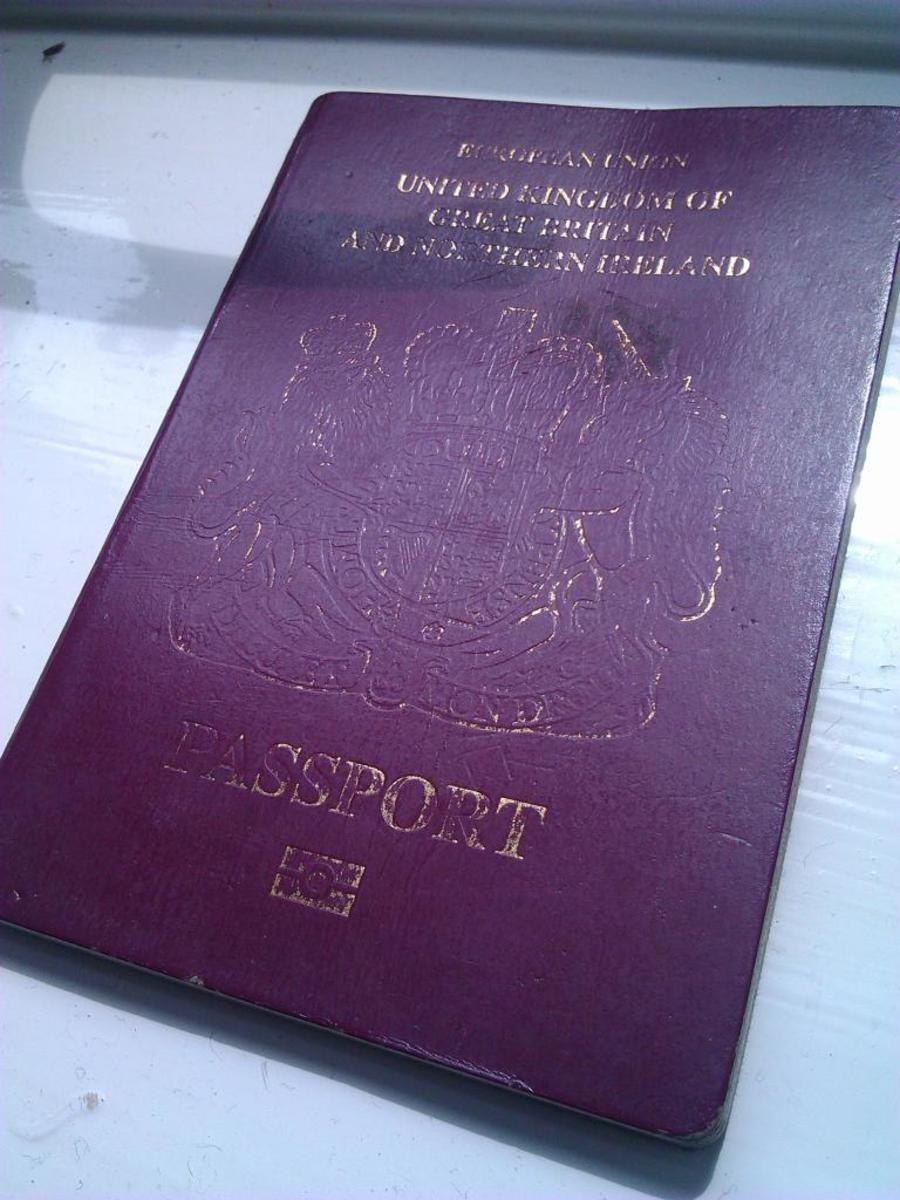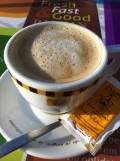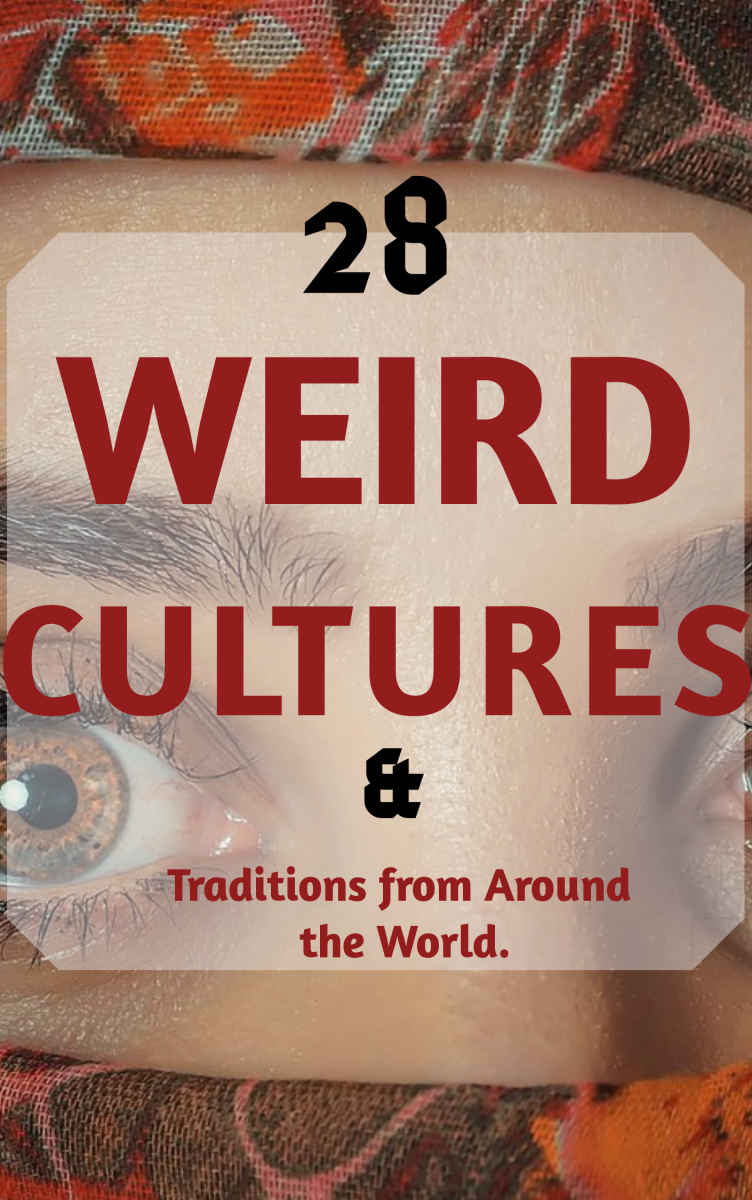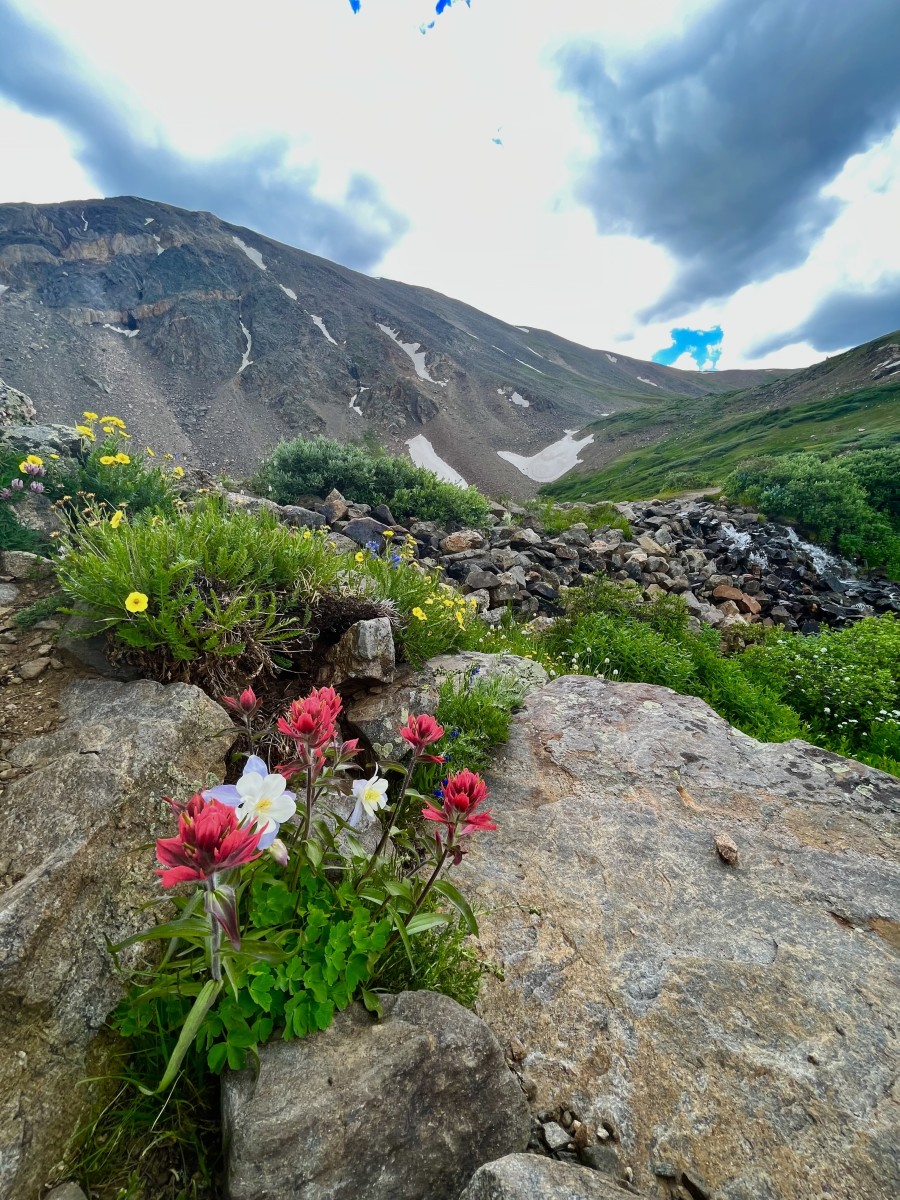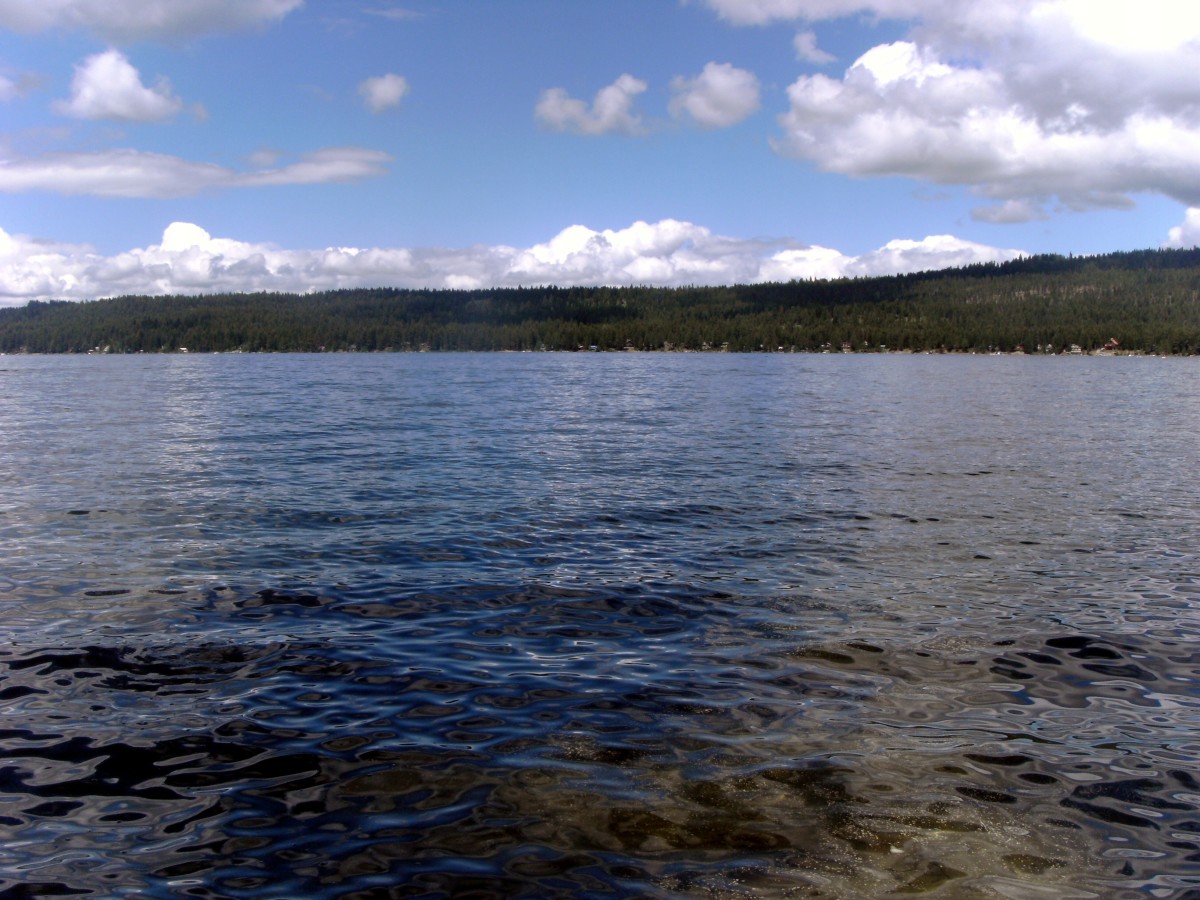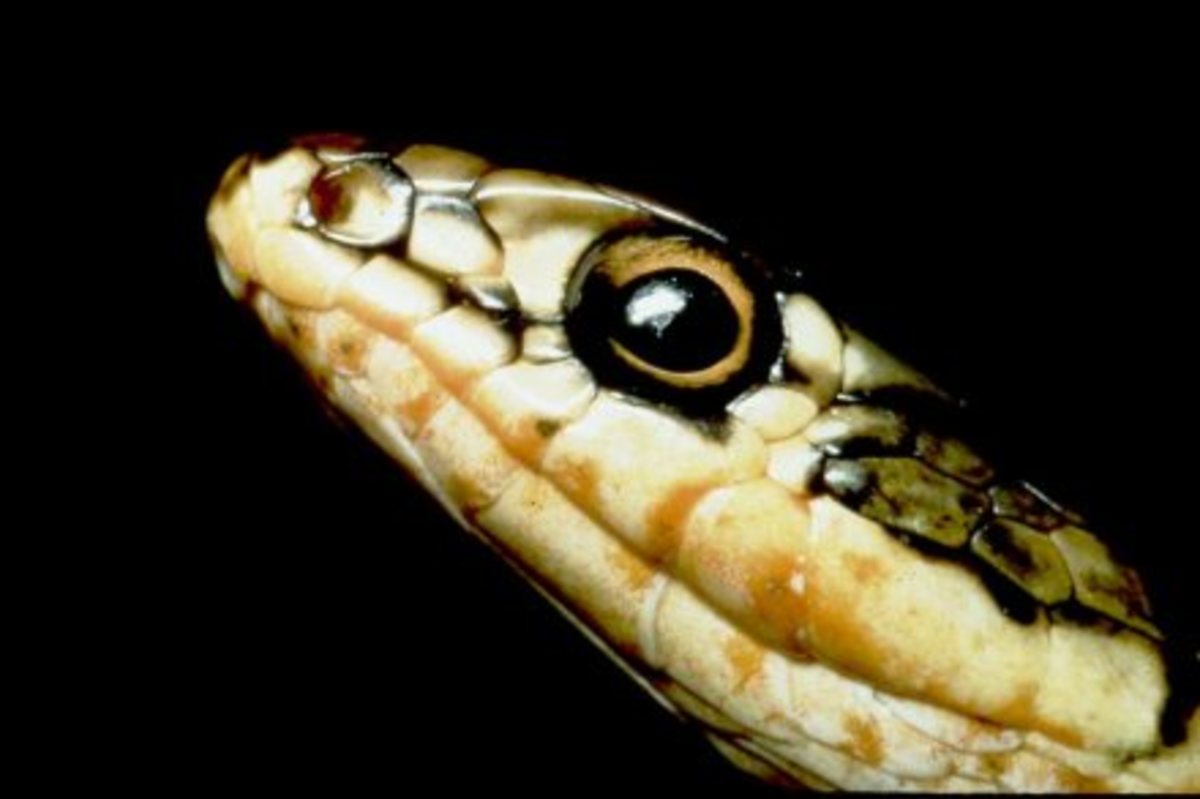Craters and Big Holes Around the World
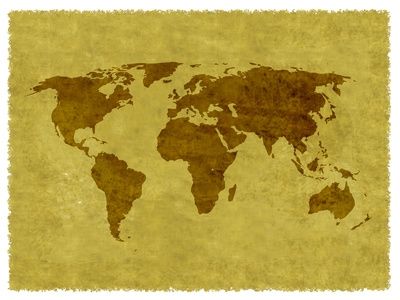
Social Studies, for many students, is the main interest course from primary education. Perhaps the teacher is one of those that, more than gaining money, their purpose is to educate. This kind of teacher leads to the importance of being interested in gaining knowledge about the study of social relationships and the functioning of society. This course, integrated with others, promotes civic competence. As a matter of fact, the modern generation has more access to increment social relationships with the opportunity of technology at hand.
In all the educational process of Social Studies, geography is the field that satisfies student's curiosities of the Earth. Drawing and studying maps is an activity that is deeply enjoyed. Nature by itself provides the best teacher. That is the case of the craters and big holes which at one time provoked fear, until many learned about them. Now they provoke admiration. Haven't you rejected something and realized later that it wasn't what you thought; perhaps maturity or acknowledgment helped? Here then is the importance of education. Some of these enormous holes are made by nature as well as mankind.
It is very interesting to understand that Social Studies is not only a school course, but it is a theme that we are all involved in. I love Social Studies, and I will use this opportunity to show what I mean. Albert Einstein quoted "Look deep into nature, and then you will understand everything better."
"Everything has to do with something, and that something with everything," - MMRuiz
Was Social Studies an enjoyable course for you ?
Social Studies Fields
Social Studies courses offer a variety of assessment used to help students learn and measure their progress. This interdisciplinary course is made up of various fields such as:
- Anthropology = Studies humans past and present.
- Civics = Deals with the rights and duties of citizens.
- Economics = Studies how individuals, governments, firms and nations makes choices on allocating scarce resources to satisfy their unlimited wants.
- Geography = Deals with the description, distribution, and interaction of the diverse physical, biological and cultural features of the earth’s surface.
- Government = Studies the form or system of rule by which a country, state, or community is governed.
- History = Explains events or experiences in order of former times.
- Physiology = Deals with the functions and activities of life or of living matter; and of the physical and phenomena involved.
- Political Science = Describes and analyzes politics and especially governmental institutions and processes.
- Religious Studies = Investigates basic issues about human experience, surveying and analyzing how people have understood, shaped, and expressed what it means to be human.
- Sociology = Studies the development, structure, and functioning of human society.
Maps
A favorite assessment is drawing different maps. This activity helps to develop basic skills: perceptual and spatial reasoning, further more, the encouragement of love for nature. Maps are mainly used in geography. Some of the different types of maps are:
- Climate = Gives general information about the climate and precipitation (rain and snow) of a region.
- Economic = Describes the economy in terms of economic development and production.
- Physical = Shows physical features and bodies of water. Colors, lines, and tints are used to show mountains, deserts, or lowlands.
- Political = Shows governmental boundaries of countries, states, and the location of major cities and significant bodies of water.
- Road = Shows the roads of a region.
- Thematic = Designed to show a particular theme connected with a specific geographic area.
- Topographic = Shows both natural and man made features.
Craters and big holes around the world
Below are some representations of the craters and big holes around the world. As an example of one of the Social Studies themes, I invite you to learn about them.They have very interesting information. With the Internet technology, you can be wherever, whenever you want. You will see that the interdisciplinary fields are all involved.
"Everything that we see is a shadow cast by that which we do not see" - Martin Luther King, Jr.
Blessings to all!
© Maria Magdalena Ruiz O'Farrill
Top 10 world's largest impact craters
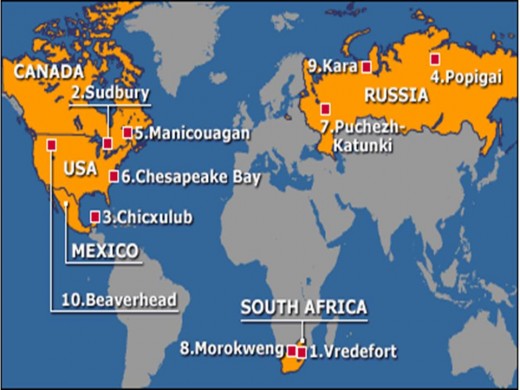
Crater Lake, Mount Katmai, Alaska Peninsula
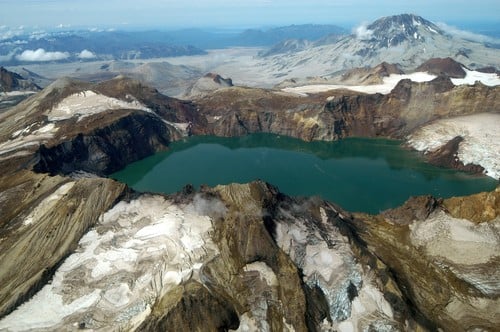
Crater Lake, Mount Katmai
Kelimutu Crater Lake, Indonesia
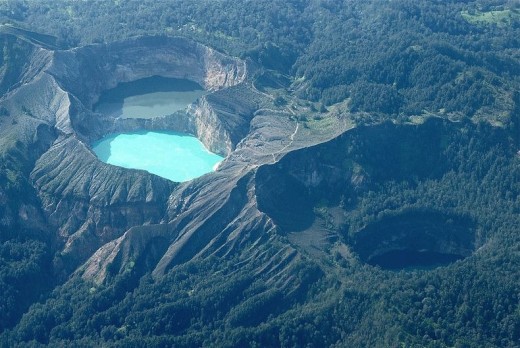
Kelimutu Crater Lake
Kimberly Big Hole, South Africa
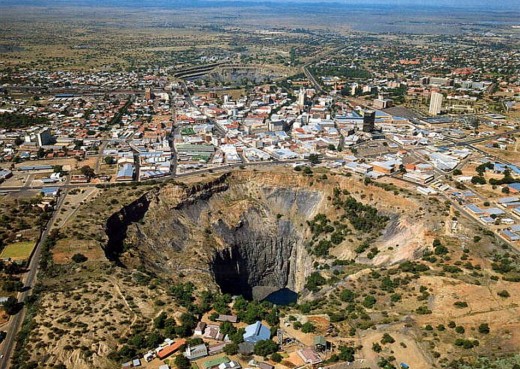
Kimberly Big Hole
Meteor Crater, Arizona, US
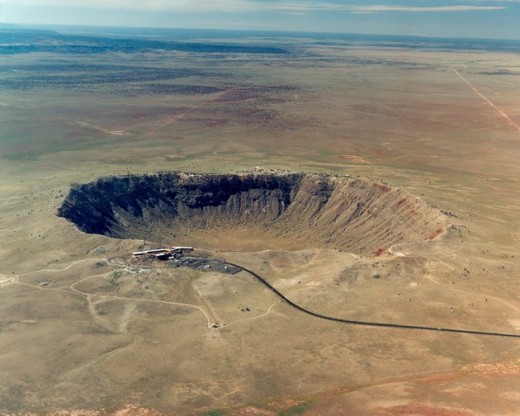
Meteor Crater, Arizona
Morning Glory Pool, Wyoming, US
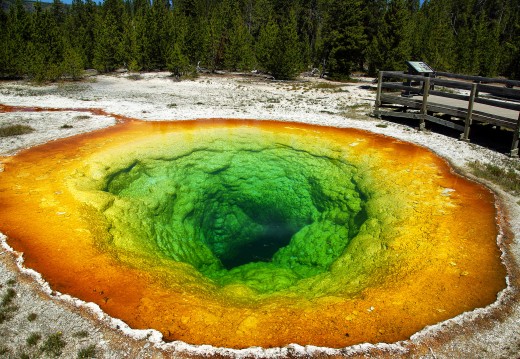
Morning Glory Pool
Pingualuit Crater, Quebec, Canada
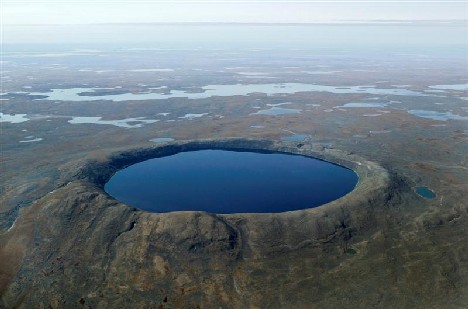
Pingualuit Crater
Santa Ana Volcano, El Salvador
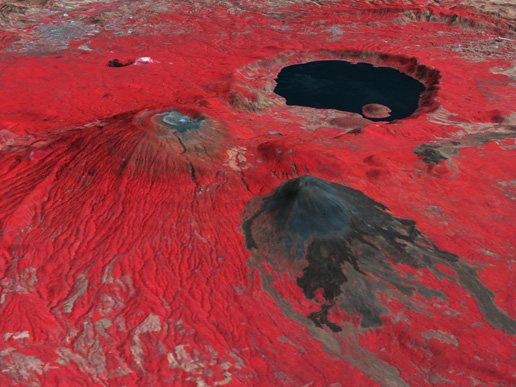
Santa Ana Volcano
Santa Ana Volcano, El Salvador
Shoemaker Impact Structure, Western Australia
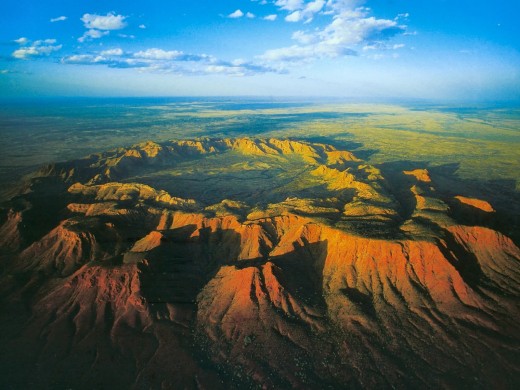
Shoemaker Impact Structure
Upheaval Dome, Utah, US
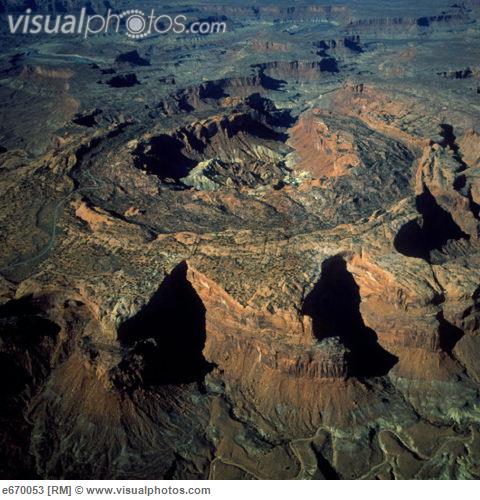
Upheaval Dome
© 2013 Maria Magdalena Ruiz O'Farrill
